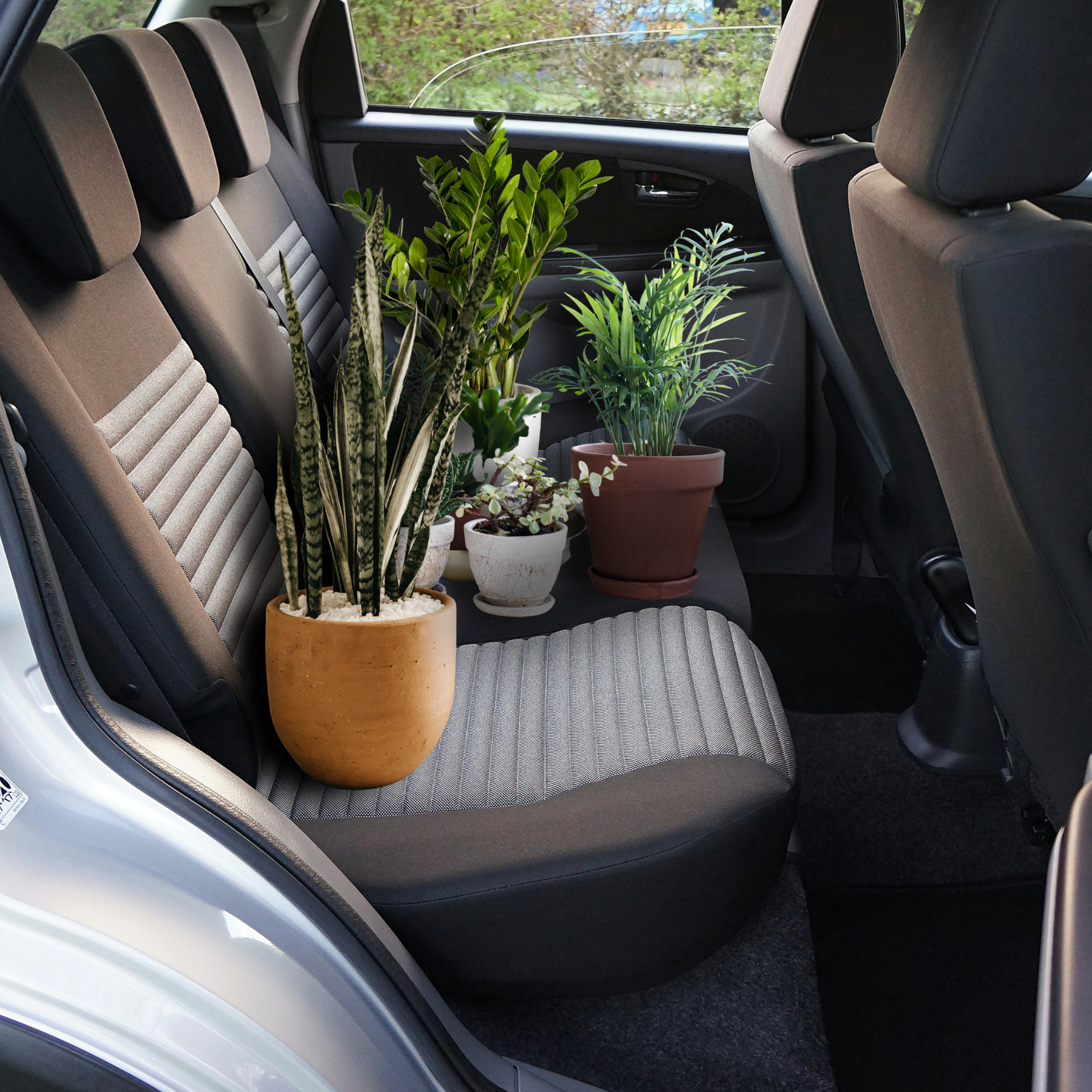Spring: Resume watering and feeding. Increase light exposure as growth resumes. Repot if needed.
Summer: Provide strong light, high humidity, and regular insect access. Maintain water trays.
Fall: For temperate types (like Venus flytraps and Sarracenia), reduce watering and feeding as they enter dormancy.
Winter: Allow dormancy for applicable species—cool temperatures (around 5–10°C), low light, and minimal water. Tropical species (like Nepenthes and many sundews) stay active and need continued care indoors.













